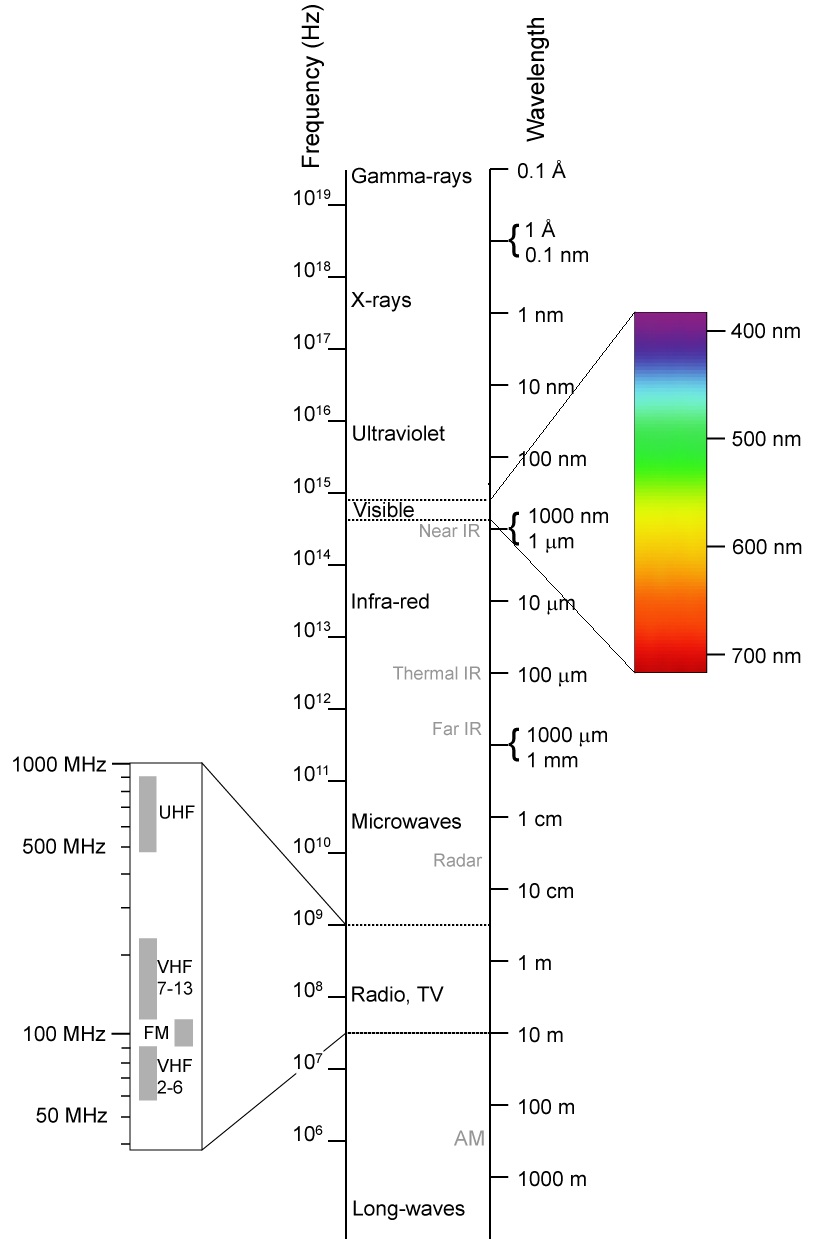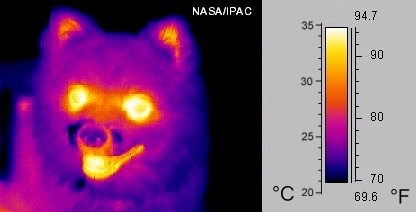I have now tested the new browser from Google and although I kind of like many things with it there are also a few things that makes me hesitant to swith from Firefox and this is mainly photo related.
Chrome has some advantages, first of all the rendering engine is very fast so for normal surfing it is great. Even more so if there are pages that are heavily loaded with Javascript, that’s really when Chrome shines. It also runs the scripts in a sandbox making it impossible for one script to find out what your other windows are doing and if one page crashes only that tab is destroyed, the other onese keep working well. That’s brilliant stuff all of it.
The down side is that while running an individual sandbox for each tab is efficient from a security standpoint it is also very inefficient as far as system resources goes. I frequently have 20-30 tabs open and that just does not work well on my system, probably memory constraints that is the biggest problem here. This makes me have to change the way I use tabs and that gets in the way for me.
Another thing is that I use quite a few Greasemonkey scripts in Firefox to enhance my Flickr experience among other things. They do not work in Chrome out of the box. There is a Greasemonkey replacement called Greasemetal for Chrome but it does not run all the scripts yet and the problems are somewhat strange so I’d rather not use it.
Google has changed the user licence for Chrome, they no longer claim the rights to the material posted through the web browser, which I gather was never the intention in the first place but the way some people and online journalists construed things.
So all in all, while a promising alternative I will be sticking to my Firefox for the foreseable future.
















